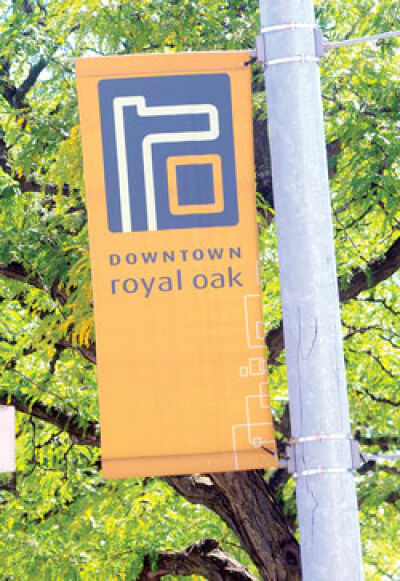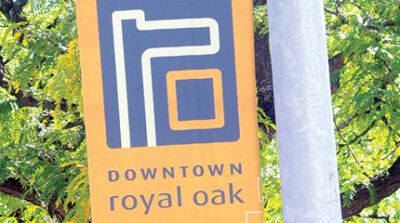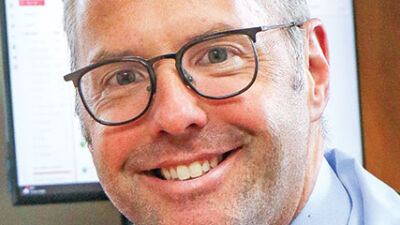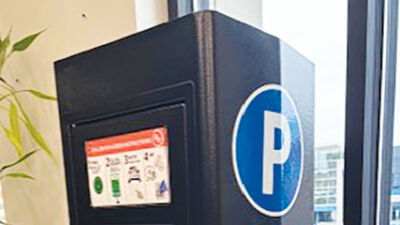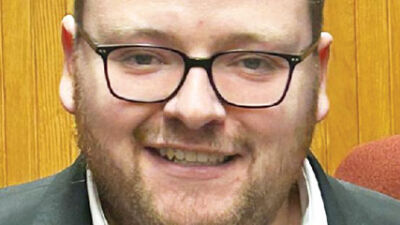ROYAL OAK — The Royal Oak City Commission recently approved the city budget for the 2023-24 fiscal year.
The budget, approved at the May 22 commission meeting, for the next year includes more than $28 million in funding for city infrastructure, parks and buildings. The expected general fund revenue — which comes from taxes, grants, licenses, charges, fines and other sources — is expected to be $46,479,150. The general fund expenditures are set at $49.3 million.
The budget documents in full can be found at romi.gov/198/Budget-Documents and the City Commission’s review of the 2023-24 budget can be viewed as part of the May 22 meeting on the WROK Royal Oak YouTube page.
One aspect of the budget looks at future projections of Royal Oak’s fund balance. The city’s fund balance policy is, for its general fund, that the unassigned fund balance must be maintained at a level between 10% and 25% of budgeted expenditures.
During the meeting, Finance Director Debra Peck Lichtenberg stated that the city will be planning its capital investments to make sure that they remain in that 10% to 25% range.
“That will involve looking for additional funding sources for some of the projects, stretching them out into later years and leveraging whatever partnerships that we can,” she said. “This also shows that the forecast really is a planning tool and it allows us to make adjustments before we end up in the territory that is outside of that (range).”
From the current budget to the 2023-24 fiscal year, the unassigned fund balance is projected to drop from $11.4 million to $8.5 million, a drop from 24.6% to 17.3% of expenditures.
If Royal Oak continues at its current rate of spending, the city’s future projections see the fund balance dropping to 5.4%, -8.7%, -21.3% and -32.8% of expenditures.
City Manager Paul Brake told the Royal Oak Review that a big part of this year’s budget has many one-time investments that contributed to drawing down the fund balance.
“The driving force in the budget process is really looking at ‘What are our goals? What are the things that we’re trying to accomplish that (are) set out in the strategic plan?,’” he said. “So yes, we’re drawing down our reserves, but we’re also making some improvements and capital improvements … whether it’s construction or building new items or making improvements in parks and a number of things that are happening in the community.”
Brake stated that some of those one-time items include sustainability, climate action plan items and investments in aging in place.
“So in the infrastructure, we have a number of projects that were identified along with the (American Rescue Plan Act) implementation, which is public infrastructure improvements, community amenities that we’re looking at combining with other grants, of constructing like a new public restroom located in the downtown, building a new animal shelter facility and exploring the feasibility of a joint YMCA/city community center.”
From this respect, according to Brake, it’s more of a concern of what he would deem recurring costs.
“Meaning that if there’s an expense that we add that say, for instance, a new position, that it’s the expectation that we try to maintain the workforce into the future,” he said. “So what will happen in the following year, when we prepare for the ’24-’25 budget, is as that projection that (was) alluded to and the information that we have, that we are dipping below our policy, that we’ll have to make some sort of reductions and/or look at the possibility of additional revenues to make up for that loss. So that’ll be a conversation in the upcoming budget year — what our strategy will be.”
Going forward, Brake said there would have to be a conversation with the community on what the expectation is for providing the level of services for areas such as public safety, which takes on the vast majority of the budget.
“If we value that level of service and we don’t have sufficient revenues to bring that in, then it’s a matter of do we reduce the level of public safety? I doubt it. That’s not a viable alternative, but there is a sense of reality of the cost of providing services. And we’re like any other organization. Costs are just universally going up, whether it be fuel, personnel, anything that it takes to operate on a day-to-day basis,” he said.
 Publication select ▼
Publication select ▼